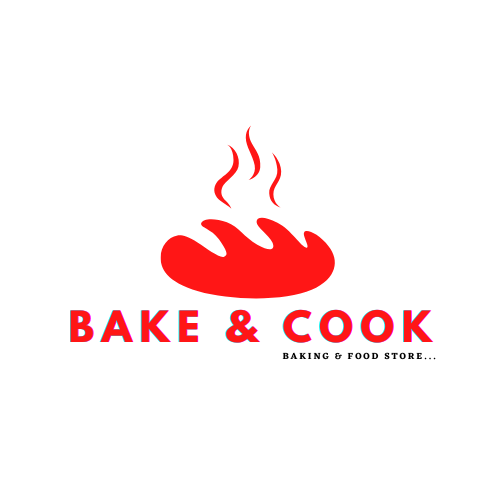This is small compared to the amount of data stored in large data centers, but a growing number of blockchains will only add to the amount of storage already required for the digital world. For example, the bitcoin network and Ethereum network are both based on blockchain. A private blockchain is permissioned.53 One cannot join it unless invited by the network administrators. To distinguish between open blockchains and other peer-to-peer decentralized database applications that are not open ad-hoc compute clusters, the terminology Distributed Ledger how to buy bitcoin in mexico (DLT) is normally used for private blockchains.
Public Blockchain
For example, exchanges have been hacked in the past, resulting in the loss of large amounts of cryptocurrency. While the hackers may have been anonymous—except for their wallet address—the crypto they extracted is easily traceable because the wallet addresses are stored on the blockchain. A blockchain is somewhat similar because it is a database where information is entered and stored.
Private blockchain networks
For instance, the Ethereum network randomly chooses one validator from all users with ether staked to validate blocks, which are then confirmed by the network. For example, on Bitcoin’s blockchain, if you initiate a transaction using your cryptocurrency wallet—the application that provides an interface for the blockchain—it starts a sequence of events. Some of the largest, most known public blockchains are the bitcoin blockchain and the Ethereum blockchain. Bitcoin and other cryptocurrencies currently secure their blockchain by requiring new entries to include proof of work. While Hashcash was designed in 1997 by Adam Back, the original idea was first proposed by Cynthia Dwork and Moni Naor and Eli Ponyatovski in their 1992 paper “Pricing via Processing or Combatting Junk Mail”. All participants across the network reach a consensus on who owns which coins, using blockchain cryptography technology.
What is Blockchain Technology?
Ripple, a digital currency exchange network for businesses, is an example of a private blockchain. Blockchain mitigates such issues by creating a decentralized, tamper-proof system to record transactions. In the property transaction scenario, blockchain creates one ledger each for the buyer and the seller. All transactions must be approved by both parties and are automatically updated in both of their ledgers in real time.
- While the applications for blockchain technology seem endless, not many people are entirely sure what it is.
- Hybrid blockchains combine elements of both public and private networks.
- Overall, blockchains create infrastructure that two or more parties can use to conduct highly secure, reliable, and tamper-proof economic exchange.
- A number of companies are active in this space providing services for compliant tokenization, private STOs, and public STOs.
- For instance, the Ethereum network randomly chooses one validator from all users with ether staked to validate blocks, which are then confirmed by the network.
Blockchain is a term widely used to represent an entire new suite of technologies. There is substantial confusion around its definition because the technology is early-stage, and can be implemented in many ways depending on the objective. Bring a business perspective to 10 best microsoft azure cloud certification your technical and quantitative expertise with a bachelor’s degree in management, business analytics, or finance.
Second generation – smart contracts
He is one of the principal investigators of the MIT Digital Currency Study, which gave all MIT undergraduate students access to bitcoin in Fall 2014. His work has been featured in Nature, the New York Times, the Wall Street Journal, the Economist, WIRED, NPR, Forbes, Bloomberg, the Chicago Tribune, the Boston Globe, and VICE News, among others. Using a blockchain can also reduce the cost of running a secure network.
Because of this distribution—and the encrypted proof that work was done—the blockchain data, such as transaction history, becomes irreversible. Such a record could be a list of transactions, but private blockchains can also hold a variety of other information like legal contracts, state identifications, or a company’s inventory. Most blockchains wouldn’t “store” these items directly; they would likely be sent through a hashing algorithm and represented on the blockchain by a token. Business-to-business transactions can take a lot of time and create operational bottlenecks, especially when compliance and third-party regulatory bodies are involved.
The dark web allows users to buy and sell illegal goods without being tracked by using the Tor Browser and make illicit purchases in Bitcoin or other cryptocurrencies. This is in stark contrast to U.S. regulations, which require financial service providers to obtain information about their customers when they open an account. They are supposed to verify the identity of each customer and confirm that they do not appear on any list of known or suspected terrorist organizations.
Given the sums involved, even the few days the money is in transit can carry significant costs and risks for banks. A blockchain allows the data in a database to be spread out among several network nodes—computers or devices running software for the blockchain—at various locations. For example, if someone tries to alter a record on one node, the other nodes would prevent it from happening by comparing block hashes. Since Bitcoin’s introduction in 2009, blockchain uses have exploded via the creation of various cryptocurrencies, decentralized finance (DeFi) applications, non-fungible tokens (NFTs), and smart contracts. The blockchain is a distributed database of records of all transactions or digital events that have been executed and shared among participating parties. Each transaction is verified by the majority of participants of the system.
If you have ever spent time in your local Recorder’s Office, you will know that recording property rights is both burdensome and inefficient. Today, a physical deed must be delivered to a government employee at the local recording office, where it is manually entered into the county’s central database and public index. In the case of a property react-bootstrap button component dispute, claims to the property must be reconciled with the public index. Using blockchain allows brands to track a food product’s route from its origin, through each stop it makes, to delivery.

